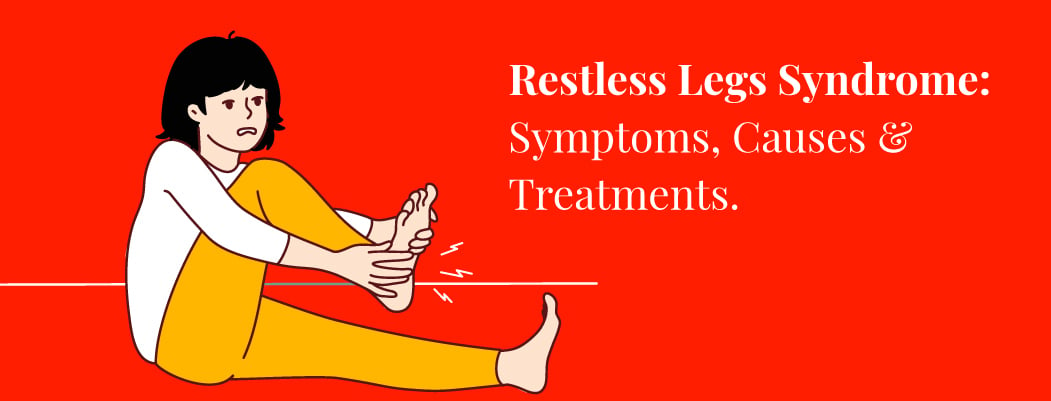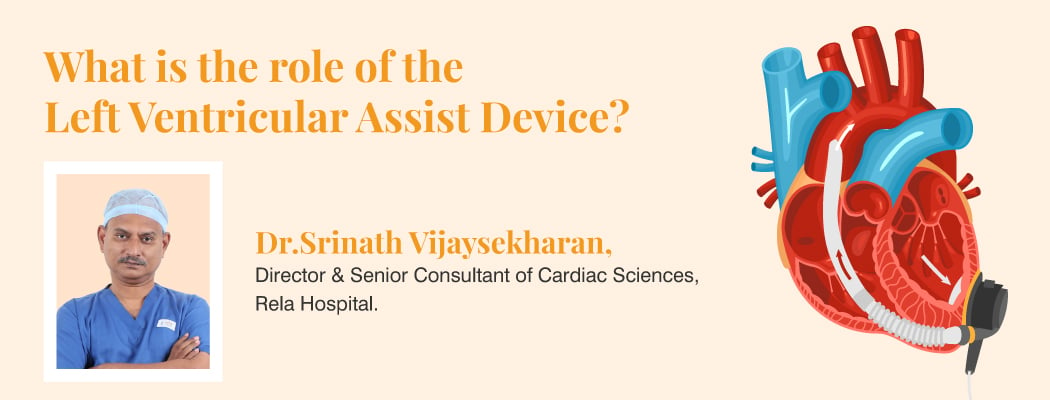Restless leg syndrome: Symptoms and Causes
January 16, 2023

What is Restless Leg Syndrome?
Restless Leg Syndrome (RLS), or Willis-Ekbom illness, is a sleep disorder that gives you a strong, frequently overpowering need to move your legs (and even your arms or body). Other limb sensations include pulling, creeping, tugging, throbbing, itching, aching, burning, or crawling.
These sensations typically happen while lying in bed or sitting still for a long time, such as driving or watching a movie. RLS generally strikes at night, making it challenging to get to sleep. People with RLS frequently desire to walk about and shake their arms (or legs) to help ease the uncomfortable feelings.
Who is susceptible to restless leg syndrome (RLS)?
RLS can affect anyone, even young children. RLS symptoms can start in either childhood or adulthood, but as people get older, their chances of developing the syndrome rise considerably. In addition, women are more likely than men to experience RLS.
Symptoms of Restless Legs Syndrome
The symptoms of restless legs syndrome include odd sensations in the legs, such as tingling, crawling, pulling, aching, pins and needles, and a strong want to move the legs to relieve the symptoms. The illness can also affect other body parts, such as the head, chest, or arms. Both sides of the body experience the feelings most frequently. They may occur exclusively on one side or begin on one side before moving to the other.
The severity of RLS symptoms varies. The severity may change between episodes, and they may appear and disappear. In general, they get worse at night and in the late afternoon.
People with RLS can frequently get a good night’s sleep in the early morning since symptoms virtually always disappear.
RLS symptoms can range in severity from barely noticeable to unbearable. Both the frequency and severity of symptoms might change. Typically, the evenings and nights are when the symptoms are the worst. Some people may experience symptoms that severely disrupt their sleep every night, hurting their quality of life.
Causes of Restless Legs Syndrome
Most cases of restless legs syndrome are unknown to medical professionals, although your genes may be involved. A family member with RLS affects about half of those who have it.
It could also be connected to the following:
- Chronic illnesses: RLS symptoms can be a symptom of several chronic medical diseases, such as iron deficiency, Parkinson’s disease, renal disease, diabetes, and peripheral neuropathy.
- Pregnancy: RLS can occur in certain pregnant women, especially in the final trimester. After delivery, symptoms typically disappear within a month.
- Lifestyle: A sleep condition like apnea or a lack of sleep can cause or exacerbate symptoms. As may using coffee, smoking, and alcohol.
Risk factors of restless legs syndrome
Some factors can make you more susceptible to RLS. First, however, it needs to be clarified which of these elements contributes to RLS.
Among them are:
- Gender: RLS affects women twice as frequently as it affects males.
- Age: RLS can strike anyone at any time. However, it tends to strike more frequently and severely after middle age.
- Family history: If other family members have RLS, you are more likely to.
How is restless legs syndrome (RLS) diagnosed?
There is no particular test available for restless legs syndrome (RLS). Your symptoms serve as the basis for the diagnosis. A medical history, thorough physical and neurological examination, and blood tests may be performed to rule out any potential health issues linked to RLS. In addition, an overnight sleep study may be advised to check for other sleep problems, particularly obstructive sleep apnea.
Your doctor will examine any family history of RLS. They’ll also inquire as to if you have any sleep issues, such as sleeplessness brought on by your symptoms. Your doctor will also inquire about any other behaviour or performance issues and whether you have trouble staying awake during the day.
The following five requirements must be met to confirm an RLS diagnosis:
- Possess a need or desire to move your legs (or arms), generally accompanied by unpleasant feelings like pulling, tugging, crawling, itching, aching, or burning. Additionally, a compulsion to move or uneasy feelings.
- begin or get worse during periods of inactivity or rest.
- by performing exercises on the afflicted muscles, such as stretching, walking, or a combination.
- are worse or only happen at night or in the evening.
- are not exclusively brought on by another health issue or behavioural issue.
Treatment options for restless legs syndrome (RLS)
The severity of the symptoms determines the best course of treatment for restless legs syndrome. If excessive daytime sleepiness and sleeplessness affect your quality of life, you should consider getting treatment. Specific treatment is also required in situations with RLS brought on by enduring medical conditions.
Remedies without medicines.
First, non-medicinal treatments are explored, especially in cases of mild symptoms. Treatments without medicines include:
- Getting regular exercise, such as walking or cycling, but avoiding strenuous or intense activity right before night.
- Following healthy sleeping habits, such as getting 7 to 9 hours of sleep each night and abstaining from watching television, reading, or using a computer or phone while lying in bed. The symptoms of RLS can intensify if you don’t get enough sleep.
- You can temporarily relieve leg soreness by massaging your legs, using a heating pad, or applying a cold compress. Acupressure, walking, gentle stretching, massage, and other relaxing methods should also be considered.
- Take a warm bath
- Try to relax as much as you can. For example, try yoga, meditation, gentle music, or one of the other options.
Who to consult for RLS?
Consult with a neurologist if you show symptoms pertaining to restless leg syndrome.
People also ask
What is the best way to stop restless leg syndrome?
- Try massages and baths. The muscles can be relaxed by massaging the legs and taking a warm bath.
- Apply hot or cold compresses.
- Create a good sleeping routine.
- Exercise.
- Prevent caffeine.
- Think about utilising a vibrating pad or a foot wrap.
What is your body lacking when you have restless legs?
Iron deficiency can develop or aggravate RLS even if there is no anaemia.
What causes restless legs at night in bed?
RLS frequently has no known cause. However, dopamine is a brain molecule that transmits signals to control muscle movement; thus, researchers believe a deficiency in this chemical may be the root of the disorder.







